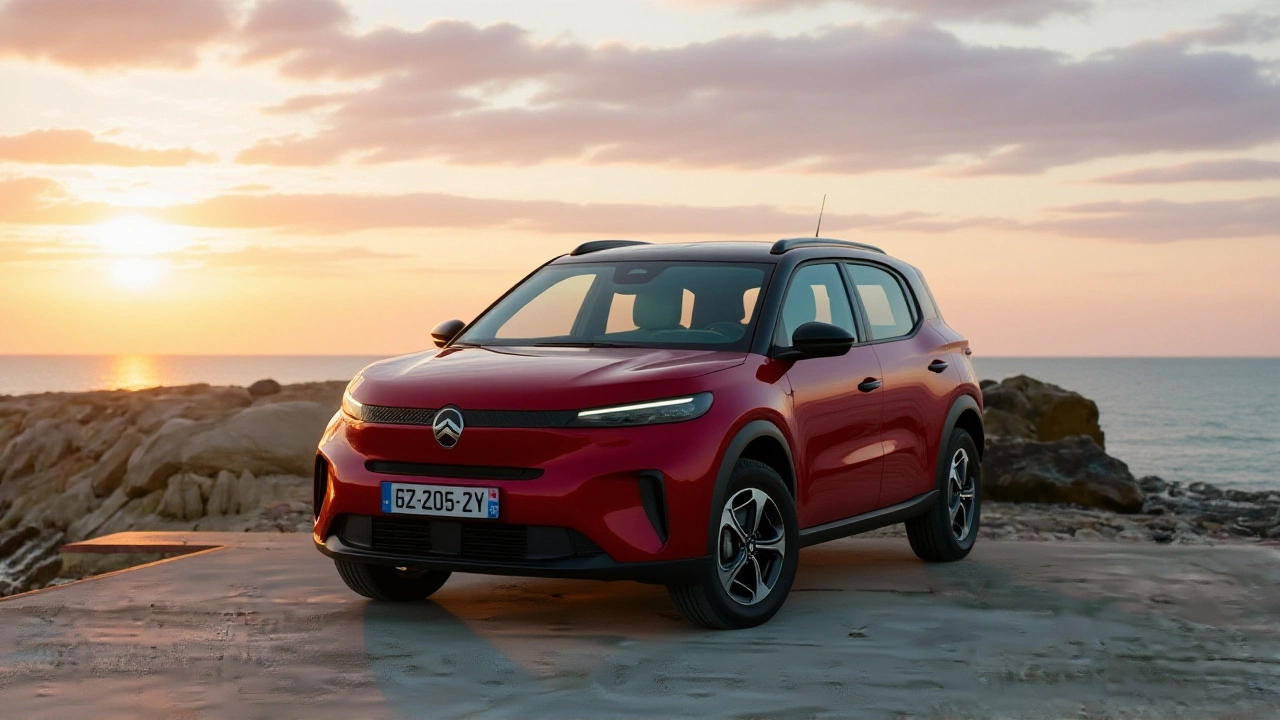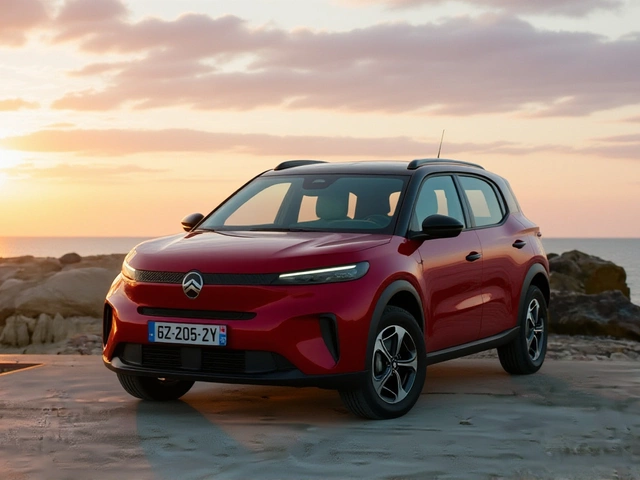On May 29, 2025, the UK government pulled the plug on one of the biggest barriers to electric vehicle adoption: planning permission for home and business EV chargers. The change, confirmed by the Department for Transport and the Office for Zero Emission Vehicles (OZEV), means homeowners, landlords, and businesses across England, Scotland, Wales, and Northern Ireland can now install chargepoints without waiting months for local authority approval. Lilian Greenwood, Future of Roads Minister, called it a "power-up" moment — not just for drivers, but for the entire green economy. "We're cutting down on paperwork to power up the EV revolution," she said. And for the first time, the rules apply uniformly across all four UK nations — no more patchwork regulations.
What Changed — And Why It Matters
Before this move, installing a charger at home or in a small business often meant submitting forms, waiting for planning officers to visit, and sometimes paying hundreds in application fees. In rural areas, delays stretched to six months. That’s not just inconvenient — it’s a dealbreaker for people considering switching from petrol. Now, as long as you own the property (or have landlord approval), have off-street parking, and use an MCS-certified installer, you’re good to go. Even better: the rules now allow on-street chargers to be installed within two meters of the public highway, a shift from the old ban that had left apartment dwellers stranded.The Hidden Rules: What You Still Need to Know
Don’t think this is a free-for-all. Safety and reliability haven’t been sacrificed. Installations still require compliance with Part P of the Building Regulations, a dedicated electrical circuit, proper earthing, and a fuse box that can handle the load. The charger must be mounted between 0.75 and 1.2 meters high — no tripping hazards. And yes, you still need Wi-Fi or 4G for smart features like scheduling charges during off-peak hours. For those without driveways, the Electric Vehicle Chargepoint Grant for Households with On-Street Parking offers £350 to offset installation costs. The Workplace Charging Scheme (WCS) remains the biggest financial lifeline for businesses, covering up to 75% of the cost for up to 40 chargers per site. And while planning permission is gone for most installations, on-street chargers — especially those crossing pavements — still require approval from local highway authorities.Commercial Chargers: The New Compliance Crunch
If you’re running a public charging network, things just got stricter. Since November 24, 2024, every rapid charger over 50 kW must maintain 99% uptime. That’s not a suggestion — it’s a legal requirement. Operators must report reliability data annually via the Open Charge Point Interface (OCPI) to the Department for Transport, starting in 2026 for 2025 performance. And by November 24, 2025, every public charger must allow payment through at least one roaming provider — meaning your Tesla app can now pay at a BP Pulse station, and vice versa. No more walled gardens. They also need a free 24/7 helpline, with complaint resolution stats reported quarterly. This isn’t just about convenience — it’s about trust. Last year, nearly 1 in 5 drivers reported failed chargers. That’s killing confidence.
The Bigger Picture: 145,000 New Chargers Already Installed
This isn’t happening in a vacuum. Back in June 2022, new building regulations — Part S — forced developers to install EV chargers in every new home. By 2025, that meant around 145,000 chargers had already been built into new properties. Prime Minister Boris Johnson announced that mandate in 2020, calling it "a pivotal moment" in the green industrial revolution. Now, with planning permission removed, the UK is accelerating from a crawl to a sprint. Technical updates like Amendment 1 to BS7671 (the 18th Edition wiring regulations) have made installations safer and more standardized. New rules on Protective Multiple Earthing (PME) and single-phase device indents mean fewer electrical fires and fewer service calls.What’s Next? The 2026 Deadline Looms
The real test comes in 2026, when the Department for Transport starts publishing public dashboards showing charger reliability by operator. Companies with poor uptime will face public scrutiny — and possibly fines. Meanwhile, the government is expected to expand the £350 on-street grant to cover more urban areas by late 2026. Local councils are already preparing to upgrade street lighting poles to dual-purpose EV charging points — a move that could add 200,000 new spots by 2028. And here’s the quiet win: with planning permission gone, installers are reporting a 67% spike in inquiries since May 29. That’s not just numbers — it’s momentum.Frequently Asked Questions
Do I need permission to install an EV charger at home now?
No, planning permission is no longer required for home chargers in driveways or off-street parking across the UK — as long as you own the property or have landlord approval. You still need a certified MCS installer, a suitable electrical supply, and the charger must be mounted between 0.75m and 1.2m high. On-street installations still require local authority approval.
What grants are available for EV chargers in 2025?
Homeowners with on-street parking can claim the £350 Electric Vehicle Chargepoint Grant. Businesses can apply for the Workplace Charging Scheme, which covers up to 75% of costs for up to 40 chargers. Both programs remain active in 2025. The government has not announced new grants yet, but expansion of the on-street scheme is expected by late 2026.
Are public chargers now required to accept all payment methods?
Yes. By November 24, 2025, all public charge points must support payment through at least one roaming provider — meaning your charge card or app from one network must work on another’s station. This is enforced under the Public Charging Regulations introduced in October 2023, and failure to comply could result in penalties.
Why is 99% uptime required for rapid chargers?
Reliability is critical for consumer confidence. In 2024, over 18% of rapid chargers failed during peak use, causing range anxiety and public backlash. The 99% uptime rule — effective since November 24, 2024 — forces operators to maintain and repair equipment proactively. Failure to meet this standard triggers mandatory reporting to the Department for Transport and potential enforcement action.
Does this apply to Northern Ireland and Wales?
Yes. Unlike previous EV policies that varied by nation, this planning permission removal is uniform across England, Scotland, Wales, and Northern Ireland. The Department for Transport confirmed the change applies nationally, ensuring consistent rules for drivers regardless of where they live or travel.
What if my electrical system can’t handle a charger?
You’ll need to upgrade your fuse box or wiring — which is now a legal requirement under Part P of the Building Regulations. Installers must assess your supply before proceeding. If your system can’t support a 7kW charger, you may need to install a lower-power unit or upgrade your service. The government advises contacting your electricity supplier for a free capacity check before ordering equipment.






